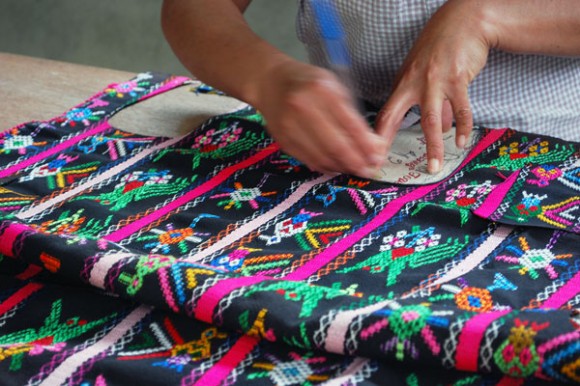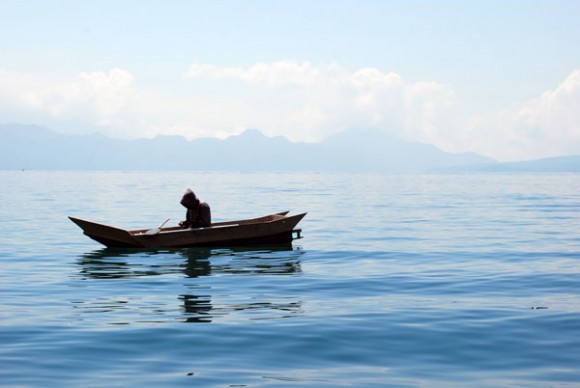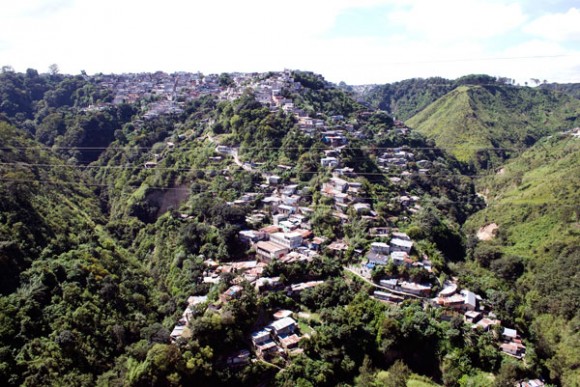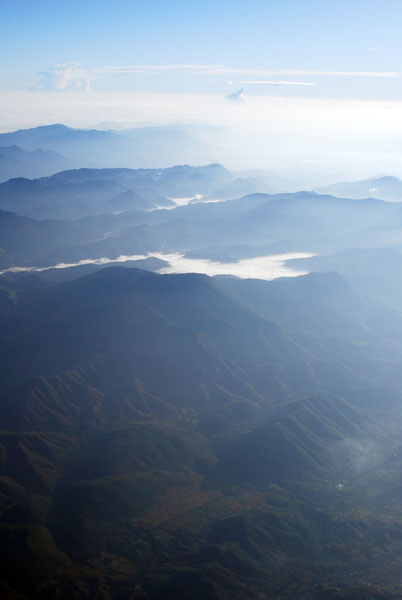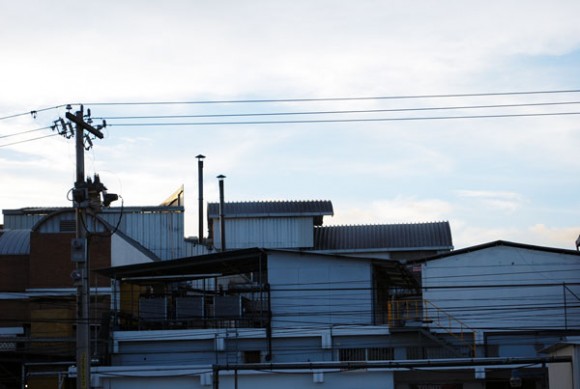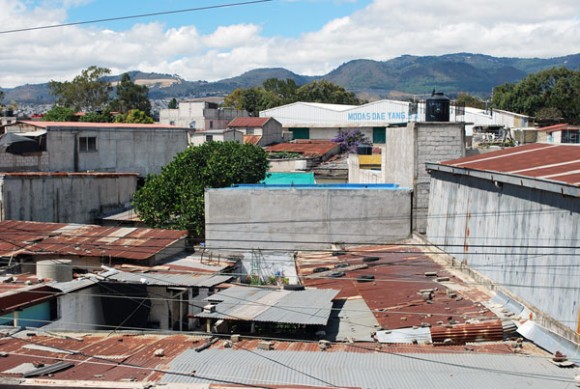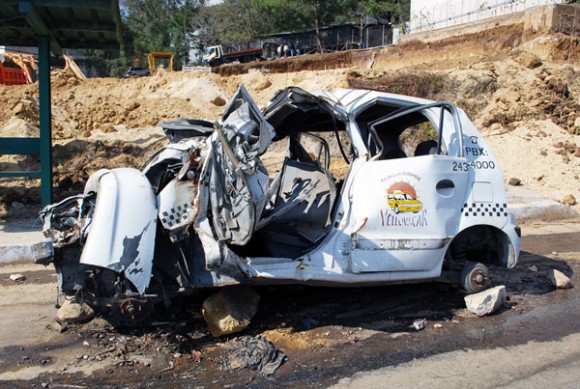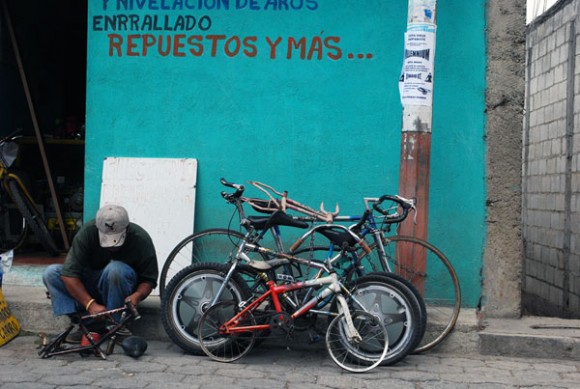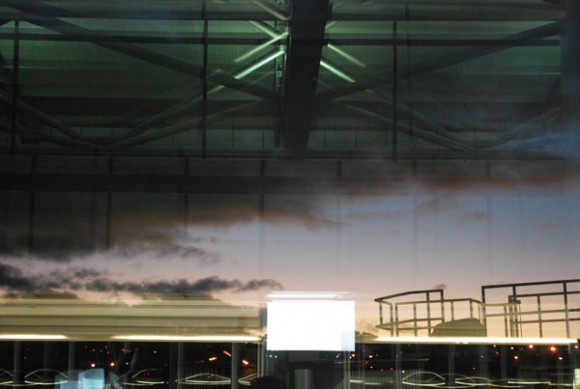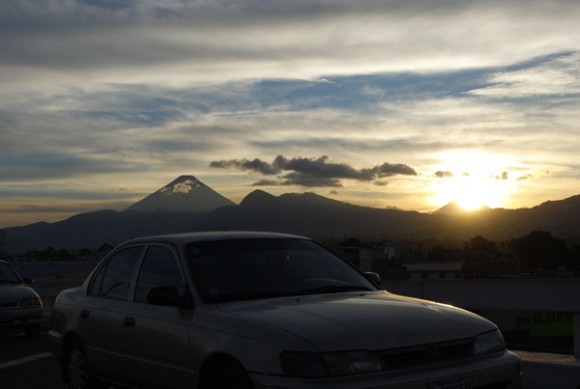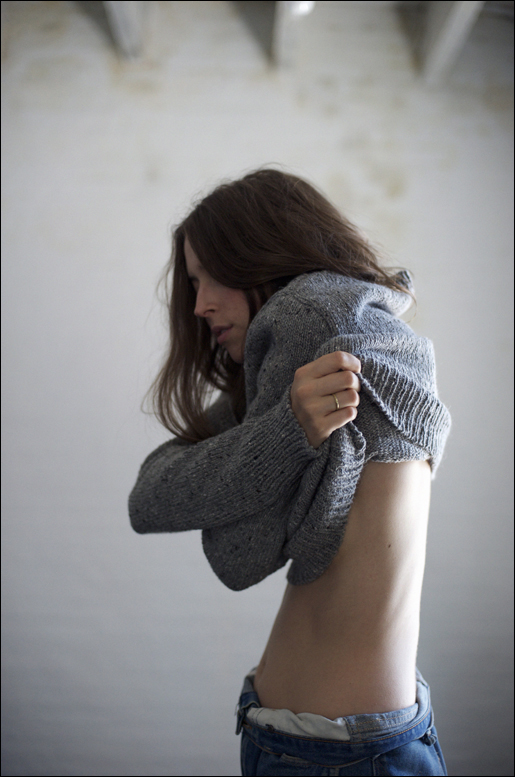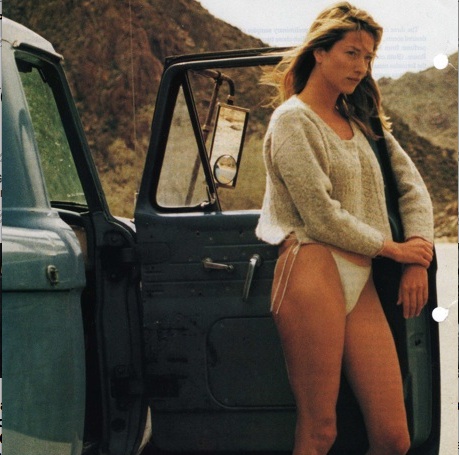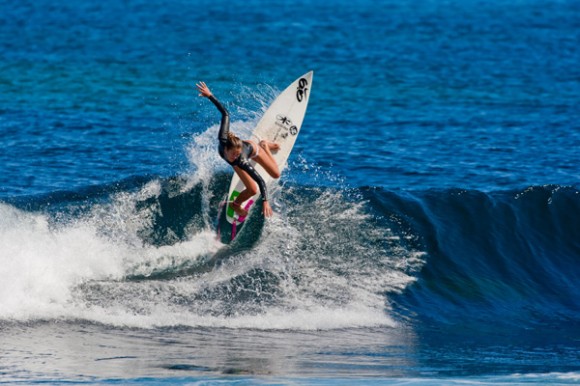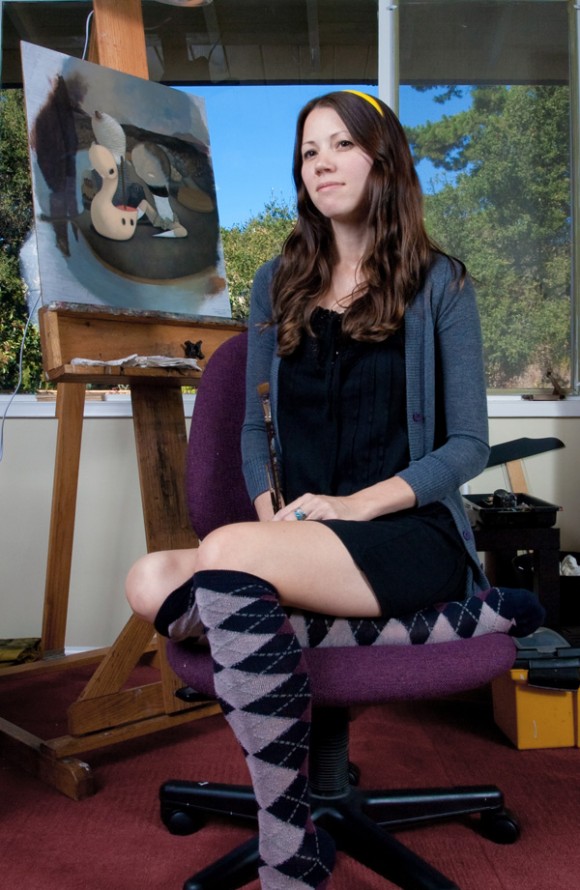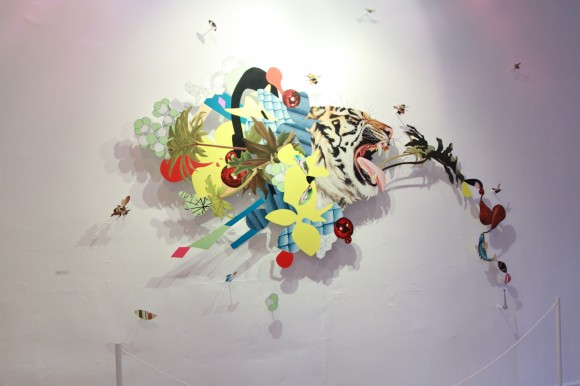Osborn/Shoes Guatemala Photo Diary
Welcome to the world of Osborn/Shoes. A shoe company that is dedicated to the processes and craft of their footwear bringing in an extra level of commitment and integrity to wear on your feet. I just had to share their story of designing and creating their shoes in Guatemala and owning their own workspace/studio in New York City. Two polar oppisites I’m sure, yet Osborn has managed to create a tie between the two cities and manage not only a livelihood for himself but has manufactured an amazing product which I am positive your all going to love!
I got to talk to Aaron Osborn who so kindly gave me insight into their time in Guatemala designing Osborn/Shoes.
Tell us about how you started out… when, how and why..
Oh man, where to start. I had been living in Guatemala for a while. I had a dream of using art and fashion to help disadvantaged communities. I don’t even know where that idea came from. I think it was simply what I loved, helping, art and fashion. Carla and I had been friends for years, both sharing similar tastes. About 2006 we started Osborn Design as a way for us to explore our ideas. It was very all over the place. We were working with a number of different co-ops, and individuals. From the very beginning I have had a relationship with Berto, my chief cobbler. We all wanted to make shoes, but needed to learn a lot. We started with just designing the shoes and talking with Berto a lot, and seeing what he made. We were only making 5-10 pair a week. Our shoes, and all our projects were being sold out of Brooklyn. We would do small markets. Our shoes kept getting noticed. I really wanted to focus on shoes, I really loved the craft, the design, the materials, the challenges; really everything about making shoes. A year ago, we quit everything else, and focused all our energies on shoes.
This of course is all fast.
The why: Our vision is to empower disadvantaged communities. We want to make good design, good fashion, and good communities.
The fabrics are an absolute draw card for your shoes can you tell us a bit about the sampling and sourcing of these..
The textile culture of Guatemala, and almost all folk traditions are absolutely incredible. We source our fabrics from families selling their old shirts, weaving co-ops trying to keep the craft alive, and we have even started our own little project commissioning two families to weave fabric for us. Our sampling is very intuitive. Carla usually has a laser look in her eyes, and picks the fabrics and colors she is drawn to. I guess we both do that. Gather colors we like, have the weavers make us samples….
We really wanted to make fun fine shoes.
Why is it important for you guys to be on the ground in Guatemala while the shoes are being designed/made?
So we can solve all the problems that arise. Ha! It has been so interesting trying to run a shop, one, it’s a crazy big project, two, cross culture miscommunication is under rated! We are a very small work shop, using the finest craftsmen around. These men and women are just incredible. But with our cuts, patterns and layout, we need to be there when a shoe is being developed just so we can make the quick changes we want, and make sure everything is perfect. Even then, we still deal with style drifting. Also, my production manager is learning as we go. He is very smart and talented in organizing people, and running the shop, but he needs a lot of help as well, and us being there really helps. He is actually one of the students I worked with during my early year in Guatemala! He’s all grown up now, has a wife and kid, and is kicking ass! That’s the type of impact we want to have.
Tell us about the process you have with your manufacturer there..
We own all our own manufacturing. We want to be a different type of manufacturer. For example, we got t be there on Mother’s Day this year, and we had a big picnic for all the women (cause they’re all mothers!). This sets up a completely different relationship with all the workers and craftsmen. I have lent three of my workers small amounts of money to fix up their homes, usually new windows and doors. These are really talented crafts people, and it’s really rewarding to be able to help strengthen their lives community.
So here- I was going to ask Aaron about his time spent in Guatemala, his most memorable moment, the images that resonate in his mind about this place… He continued to tell me “Oh man, this might be best to talk about. Writing sometimes I kill stuff. There’s the trip to Yalu talking to Hortencia about weaving a fabric that everyone was telling us was a lost technique. We did it! There’s the tannery, our old trips to Zone !”… It seemed like there were a few, so we opted for a photo diary where we could share the beauty of Guatemala and all the little moments you can so easily miss…. So enjoy the images below taken by Aaron each accompanied with a story..
There is a lake surrounded by four volcanos in Guatemala called Lake Atitlan. Because of the steep steep sides of the volcanos, one can stand on the shore line of the lake, and just about dive straight down and not worry about touching bottom. Because of its incredible depth, the water holds a mystical blue aura about it. Legend goes, when the conquistadores were here, the last of the surrounding Mayan inhabitants canoed there way into the middle of the lake with the remaining gold of their civilization. The lake had always held a sacred air about it. The mayans then dumped all their gold into the middle of the lake, followed by themselves. Now there are strong remnants of the Mayan population, weaving, farming and fishing. I was just taking a day off and swimming when I saw this grim fisherman.
Guatemala City is built along the ridges of mountains. The poorer you are, the farther down the ridge you live. This shanty spil over is typical of squatter communities. Of course they are the first to go when the rains hit.
Flying home early morning, I took this out the passenger window.
Driving home, the hood looks like a stacked tin block set.
Taking a break from the work shop, I went to the roof and took this pic of the hood.
Chinese metal + Crazy Drivers = How do you even do this?
Always working with local weavers and cobblers, this is a fairly typical view of a neighborhood bike repair shop.
Leaving back to the states, I always take the 5 or 6 am flight. The light starts to flood in the brand new airport windows, and i trip out over all the reflections. I could watch this for days.
Driving home, looking behind my, Volcano Agua rises above the traffic and smog, giving me hope.
A huge thank you to Aaron of Osbourne Shoes for putting this together for us. Such beautiful photographs and an even better story to go with. Shop Osborn/Shoes here!!



